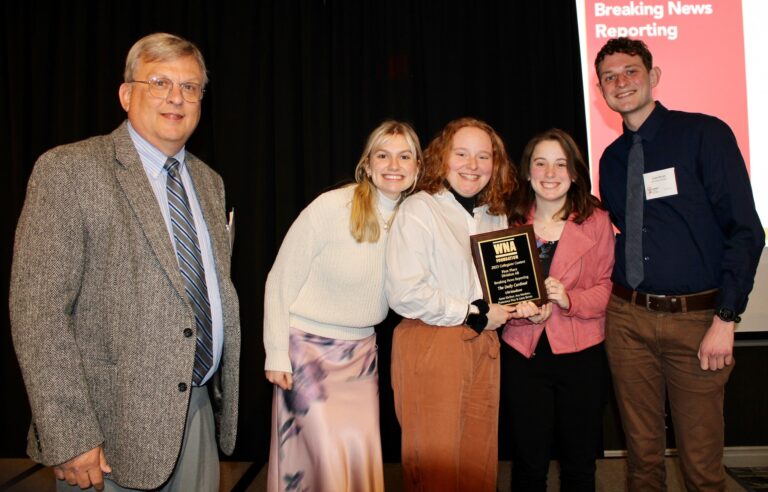Weekly Fiscal Facts are provided by the Wisconsin Policy Forum, the state’s leading resource for nonpartisan state and local government research and civic education. The Wisconsin Public Policy Forum logo can be downloaded here.
Key Decisions on Spring Ballots This Year
Although Wisconsin ranks among the top states in the nation for voter turnout in presidential races, the nonpartisan spring elections are typically low-turnout affairs. In part, this is due to the fact that many races are not contested.
This spring, however, voters will elect a new state Supreme Court justice to the first vacant seat in more than a decade. Voters in the February 20 primary will decide which two of three candidates – Madison attorney Tim Burns, Milwaukee County Circuit Court Judge Rebecca Dallet, or Sauk County Circuit Court Judge Michael Screnock – face each other in the April 3 general election. The April winner will serve a 10-year term on the high court.
Additionally, voters will also elect county boards in all 72 counties, plus county executives in three counties. Many cities, villages, towns, and school boards also will have races on the ballot.
The biggest financial impact of this spring’s elections may be felt by taxpayers in school districts where referenda to borrow money or exceed state-imposed revenue limits are on the ballot.
Thirty school districts are asking spring voters to approve borrowing a total of $596.3 million. Twenty-six districts are seeking $109.4 million in time-limited exemptions from state-imposed revenue caps, and seven districts are asking for $6.3 million in ongoing exemptions from the caps. Voter approvals of referenda have risen from about 50% during 1995-2010 to roughly 75% in recent years.
This information is a service of the Wisconsin Policy Forum, the state’s leading resource for nonpartisan state and local government research and civic education.



